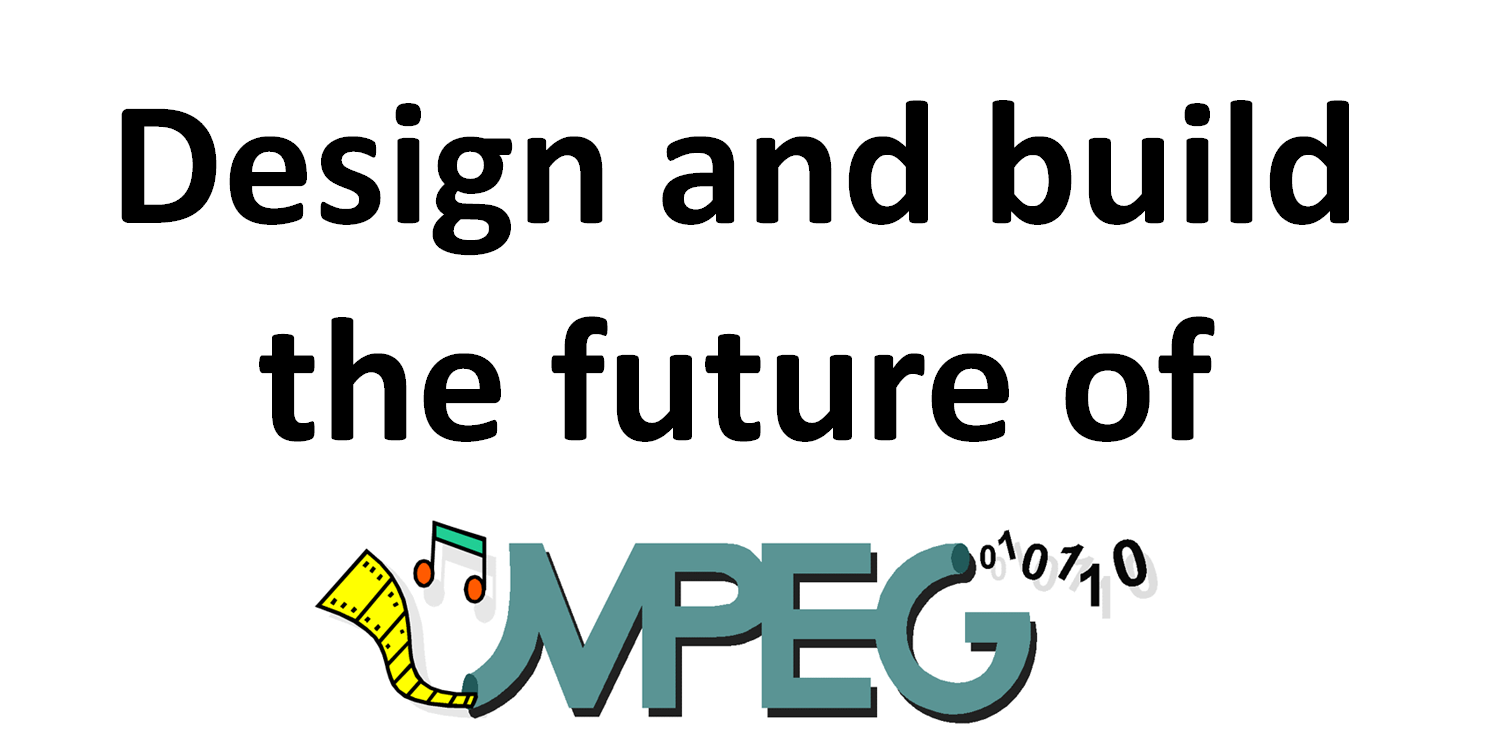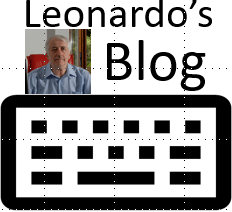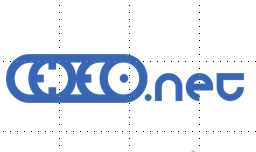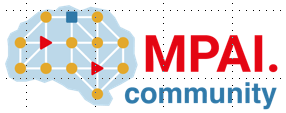The MPEG exception
In the past 18 months, I have provided ample information on how MPEG was established, how it works, what it has done and is doing, and why it is different than other committees. In the last article Why is there a battle around MPEG?, I have identified another point of divergence. Patent declarations that relate to MPEG standards are 57.5% of all patent declarations submitted to ISO. MPEG is special because the next ISO committee in terms of number of…





















